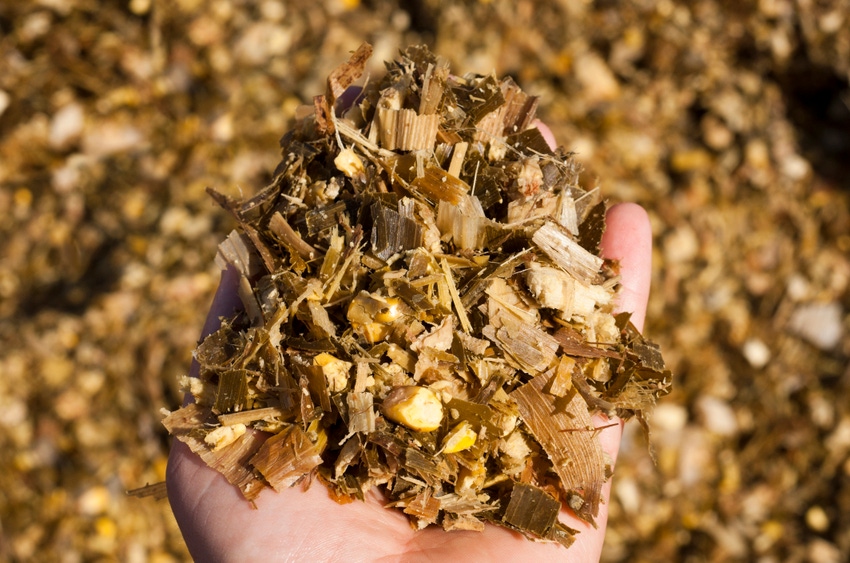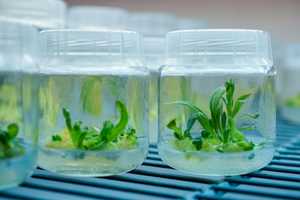Good forage and proper ensiling techniques aid quality silage production.
August 31, 2018

While there is no single product or solution to create high-quality silage, and forages being harvested right now across North America will soon become feedstuffs, the goal of silage production is to preserve the quality and nutrients present in those crops at the time of harvest, according to an announcement from Lallemand Animal Nutrition.
“When producers start with good forage and use tried-and-true techniques, there’s no need for a silver-bullet solution. The tools for creating high-quality silage are already on your farm today,” said Dr. Bob Charley, forage products manager at Lallemand Animal Nutrition.
Charley said there are six areas producers should manage during harvest and ensiling to get the best-quality silage possible:
1. Prepare equipment. Equipment should be serviced and calibrated prior to harvest to help avoid delays and bottlenecks.
2. Harvest at the right maturity and moisture level. Harvesting at the best stage of maturity and achieving the proper dry matter content for the specific forage or storage structure help maximize nutrients/dry matter preservation and feed intake by the animal.
3. Check chop length. Chop length affects ensiling characteristics and feed quality. A short chop facilitates packing, minimizing air infiltration. A longer chop length increases effective fiber in the diet. Finding a "happy medium" is important.
4. Use research-proven forage inoculants. Inoculants will help drive an efficient fermentation and also prevent aerobic spoilage.
5. Pack well. Achieving target packing densities is vital and requires adequate packing weight, time and technique.
6. Seal fast and tight. Fully covered and sealed silage bunkers and piles will help ensure a good fermentation, minimize nutrient and dry matter losses, maximize feed quality and increase production from the forage base.
Many of these techniques are designed to reduce exposure to oxygen, which is the main enemy to high-quality silage, Charley said. Oxygen can slow down the ensiling fermentation and allow spoilage organisms to grow. This can result in lost dry matter and nutrients or -- worse -- affect herd health and fertility.
Inoculants can help minimize spoilage in the silage. Using an inoculant containing an efficient, proven homolactic lactic acid bacterium — coupled with enzymes to drive the fermentation — can ensure a fast, efficient initial ensiling fermentation with a rapid pH drop, preventing the growth of spoilage organisms that cause high dry matter losses, Lallemand said.
After opening, silage is once again exposed to oxygen, but an inoculant can continue to provide benefits all the way to feedout.
“A research-proven inoculant can contribute to high-quality silage, but there’s no substitute for good management practices from harvest all the way to feedout,” Charley said. “The result of getting each step right is cost-effective feedstuffs that support animal performance.”
You May Also Like



